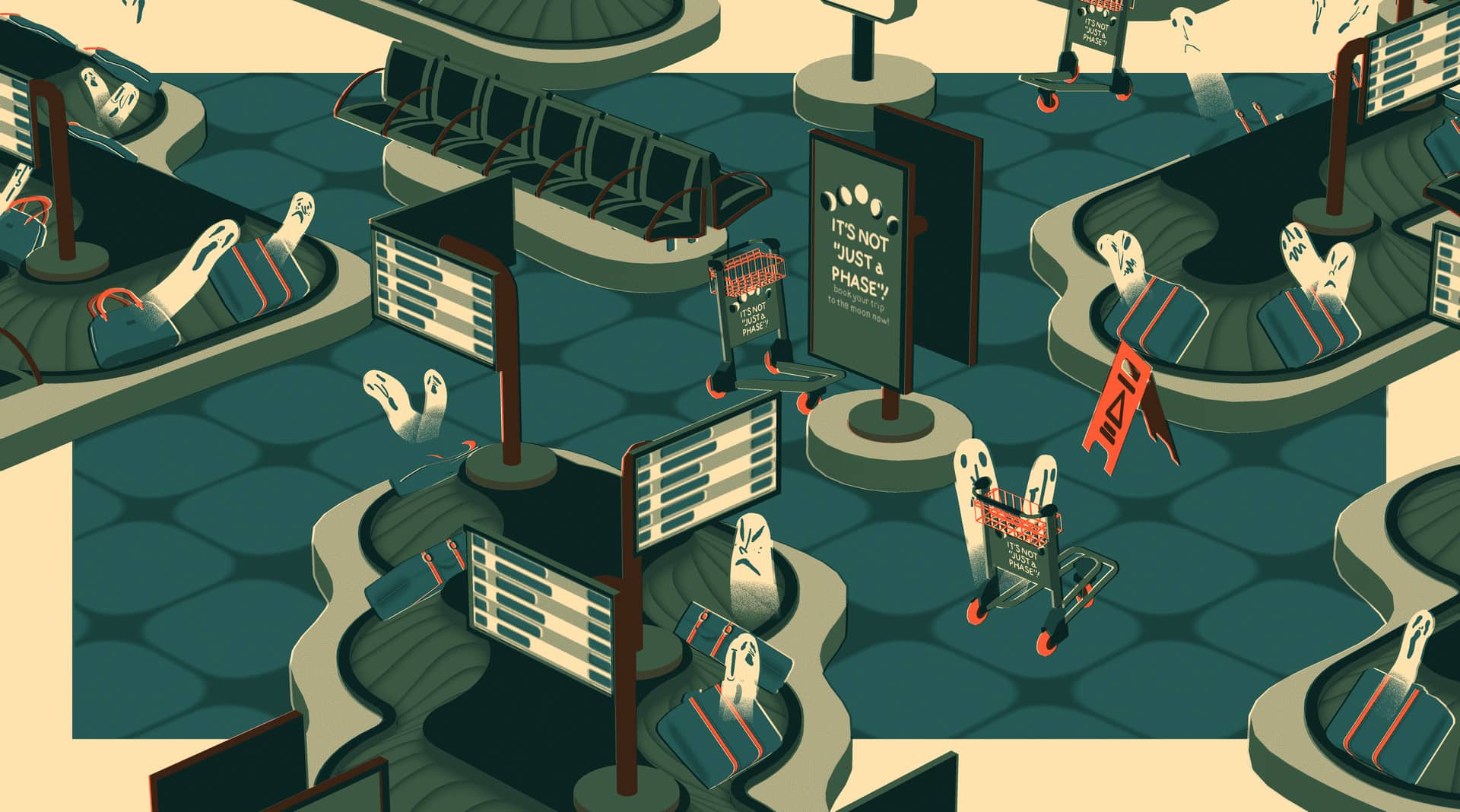How To Say Goodbye examines the puzzling nature of death
Games are obsessed with death and dying. Sometimes death isn’t that at all, but loss. You’ve messed up; bumped into a Goomba, drowned in a puddle, or fallen into a pit of spikes. It’s time to redo it all and start again until you make the right decision, move onto that next level and live.
How To Say Goodbye from developer Florian Veltman and publisher ARTE France isn’t the first game to look at the aspect of death and the world beyond it. There’s been quite the selection: Spiritfarer, Dead by Daylight, Rainbow Billy, Hades, etc. Our fascination with death has been looked at from a variety of different angles and genres, and How To Say Goodbye certainly won’t be the last game to look deeper into the world that awaits us after we perish.
Yet, despite this knowledge, How To Say Goodbye is keen to explore and juxtapose death through both its puzzles and its art style. A quick glance shows that on the surface level the style feels like something you’d see in a child’s picturebook: cutely drawn ghosts with a combination of hard and soft lines, some wearing shades or glasses, others pictured with a grin. Simple yet detailed environment pieces of doors, keys, zig-zag shapes and skeletal trees. There’s a lot to look at, and all of it is beautiful.
The game’s beauty doesn’t hold itself up just for the acts of ‘good’, though. The childlike style continues even when describing the first ghost and its circumstances: a fella named Sendak who decided to end it all in his car, hoping to find a way out in the embrace of his brother’s arms in the afterlife. The smoke of the car on a backdrop of white-yellow paper is haunting, and is breezed past so quickly to get back into the puzzle and exploration that it took us a while to comprehend. A moment of ‘oh, so this is the game we’re playing?’
Yet in spite of these small, fragmented moments, they aren’t so heavy that the experience of How To Say Goodbye is miserable. Far from it. The main objective is to get your ghost through to the next section of the level, with environments changing and churning depending on the ghost’s thoughts at the time. For example, Sendak remembered a time he and his brother loved to go camping in the forest, so where best to search for his sibling but in a forest area?
During our time with the game, the majority of the puzzle had to do with movement. Sendak would start on one square and the exit, key, or whatever else necessary to move on, would be situated on another. Players must then use their mouse to drag and pull the ghost towards their objective, a movement that reminded us of a moving sidewalk that you always see in airports.
It isn’t just the ghost that can be moved. You can also drag other square tiles – necessary for when you need to get an item, but can’t move because you need to be in a certain location. This way, you can get your item, while also technically having your hands moving in several other places.
We didn’t get to play much more of How To Say Goodbye, but what we did play was more than enough to keep us interested in what comes next when the game launches sometime in 2023.






